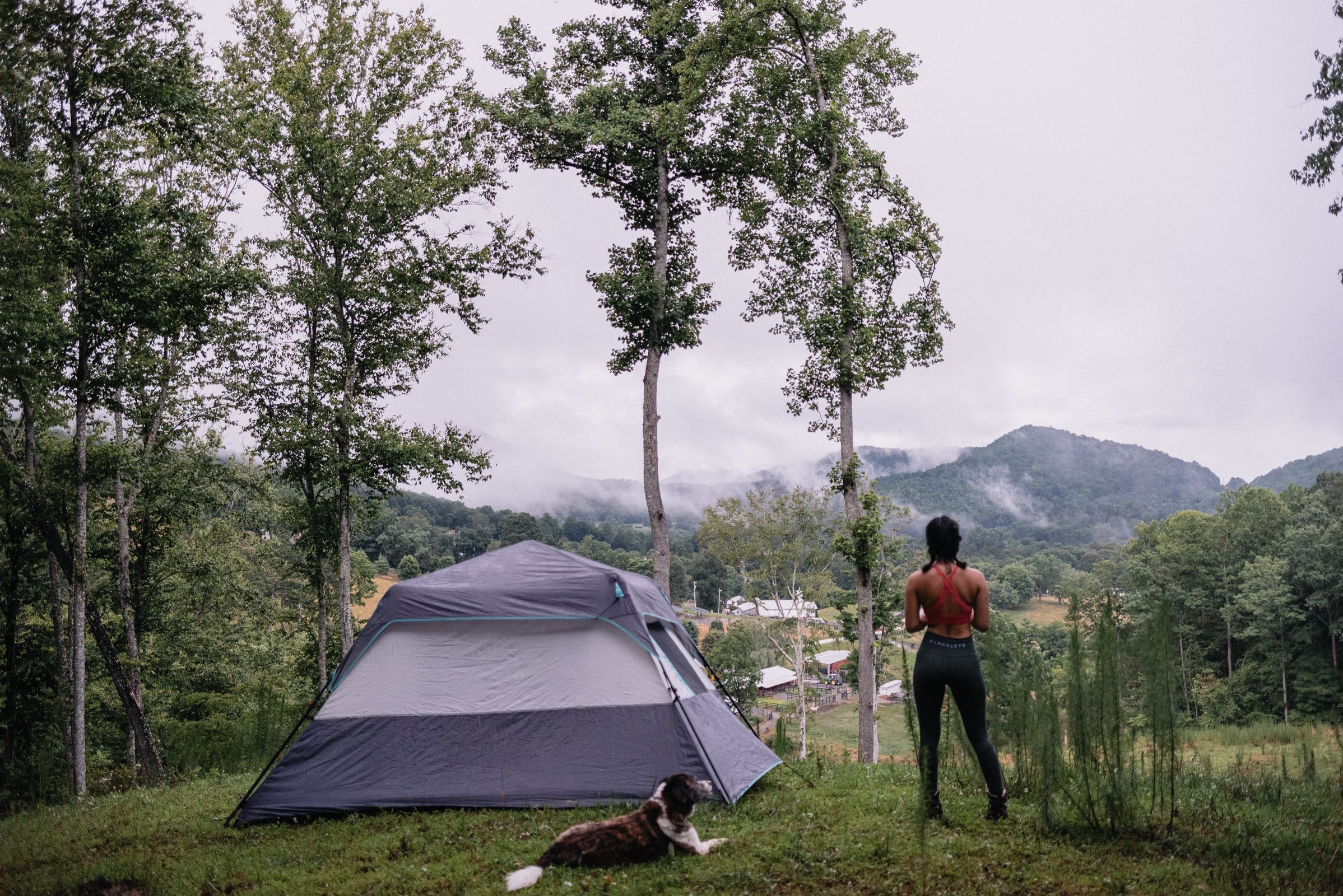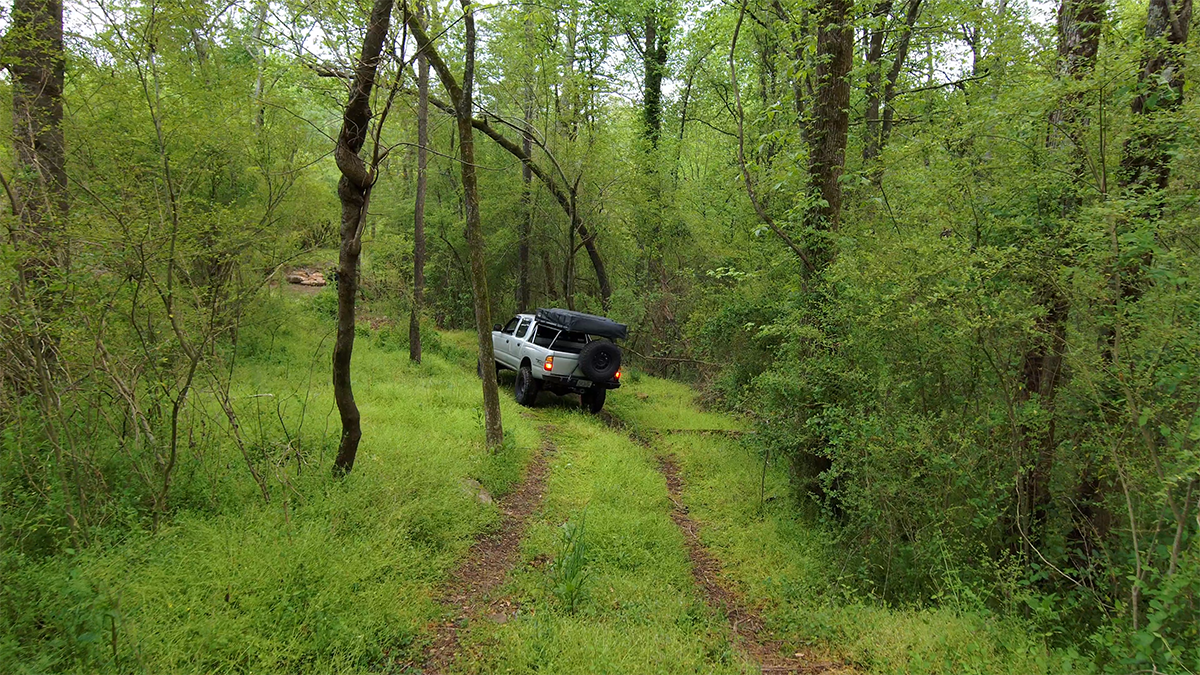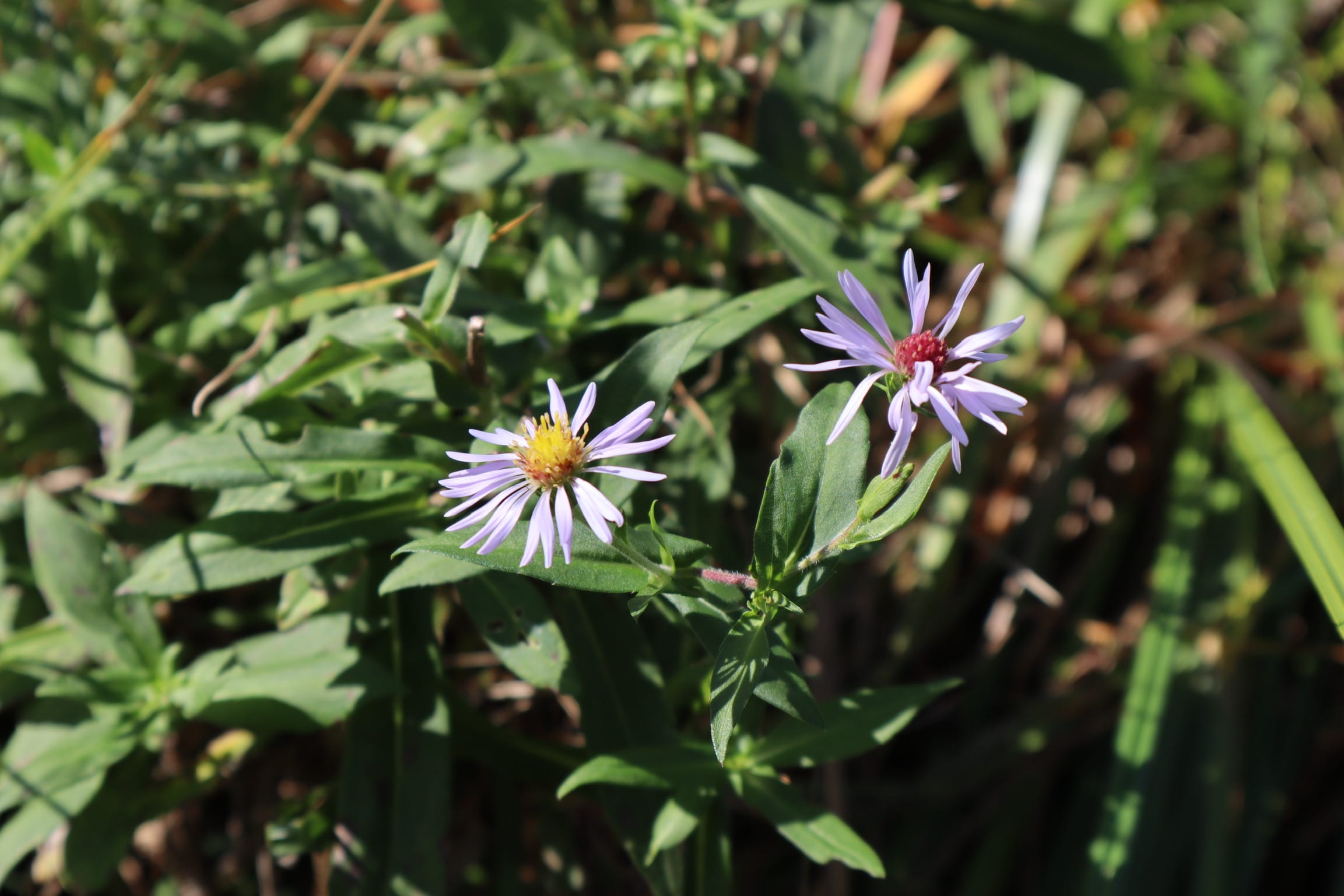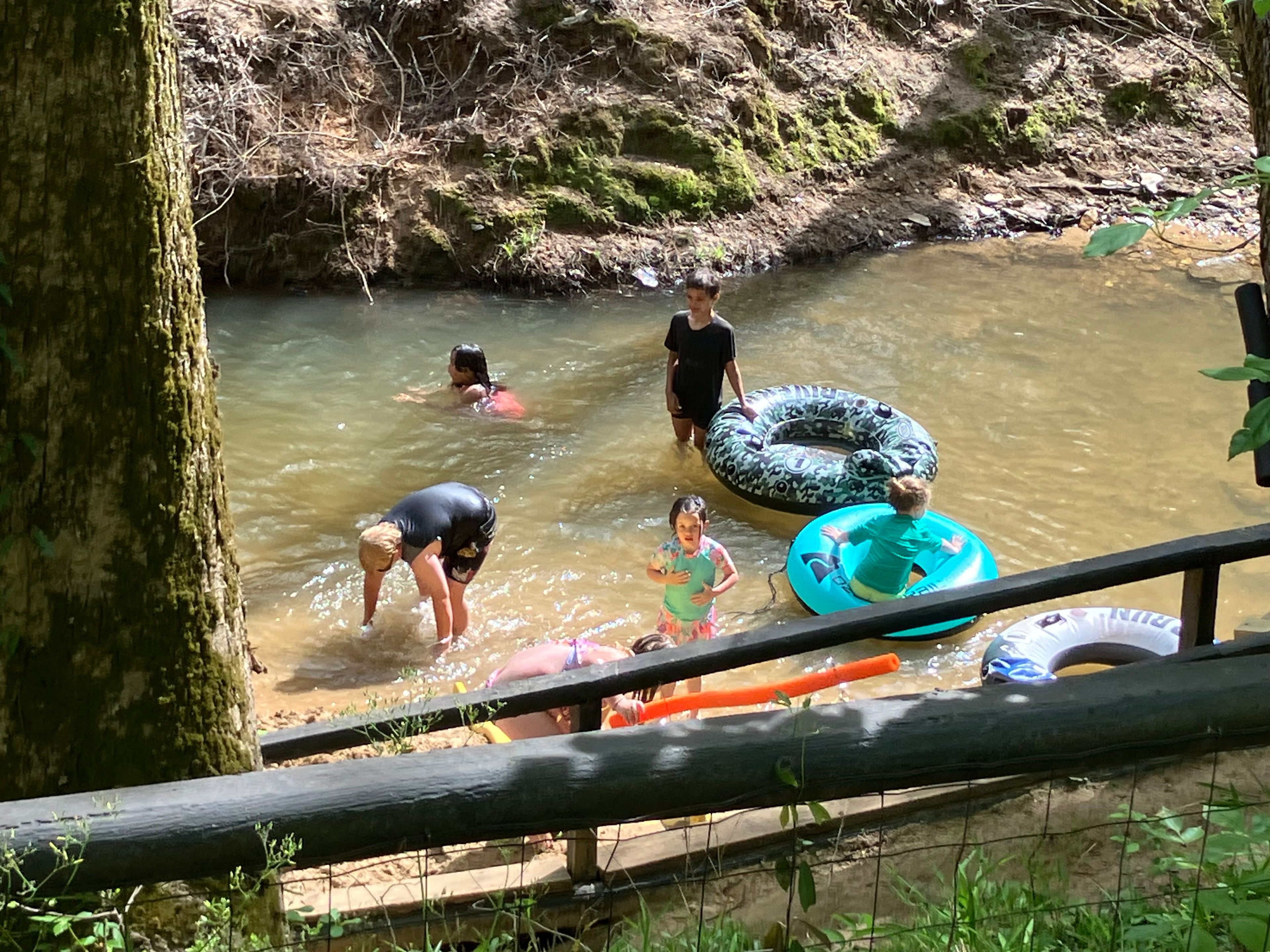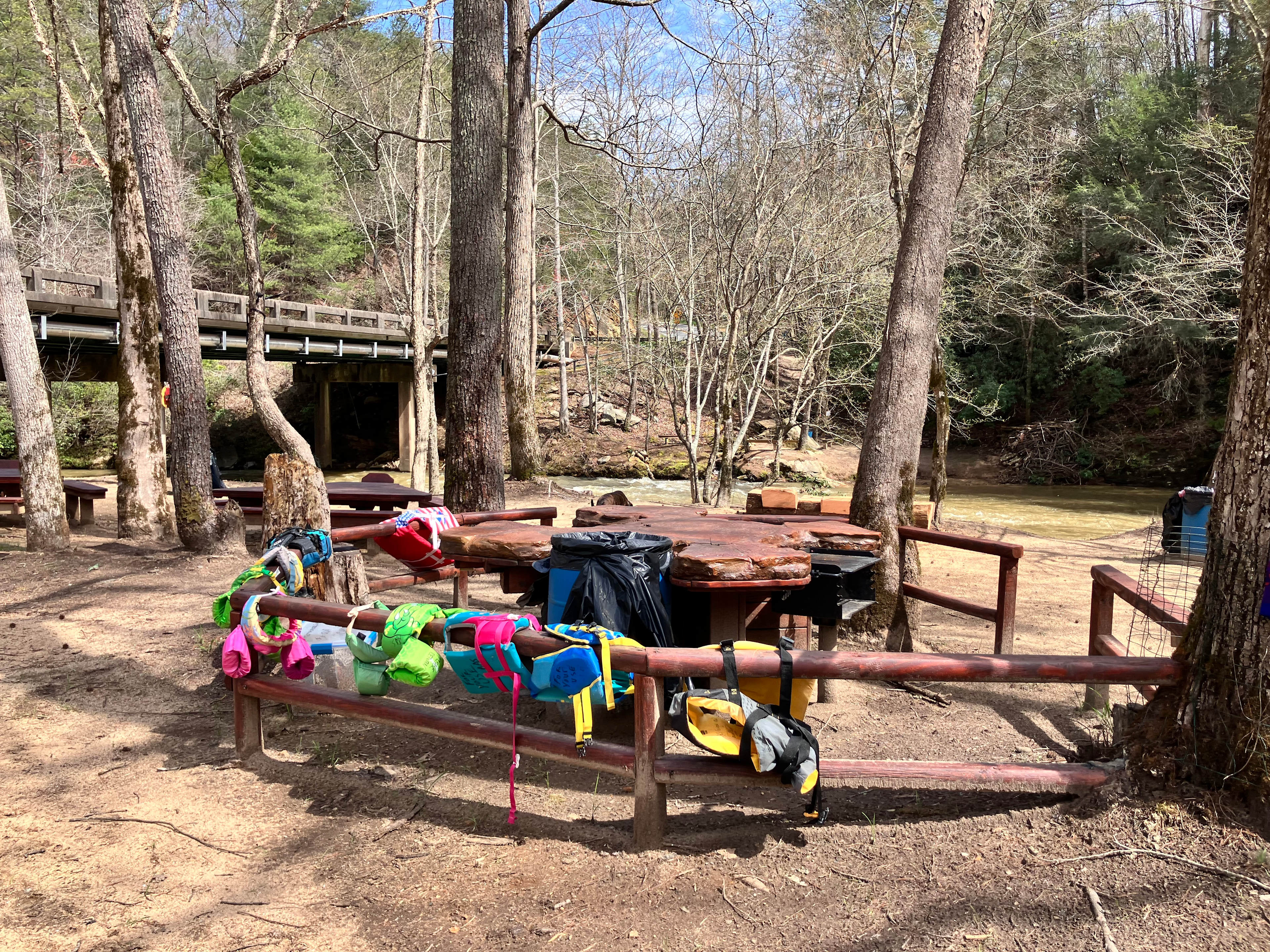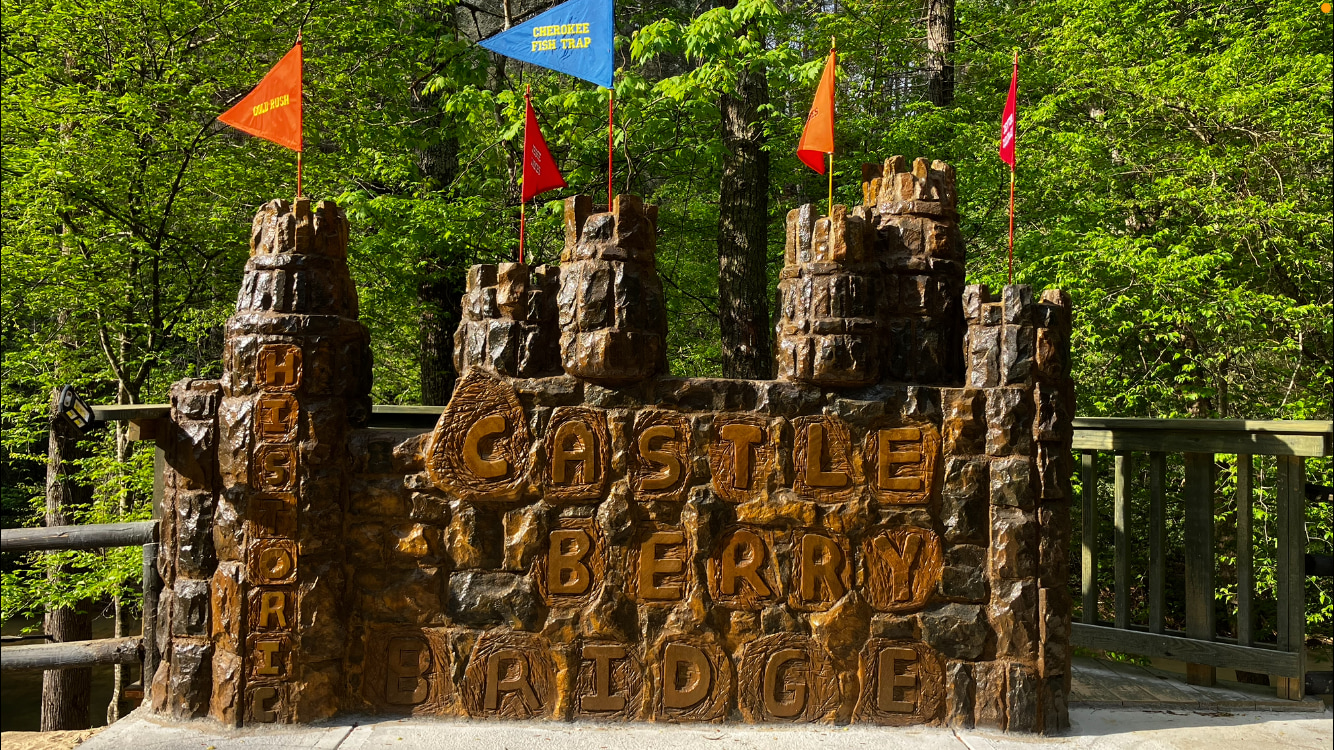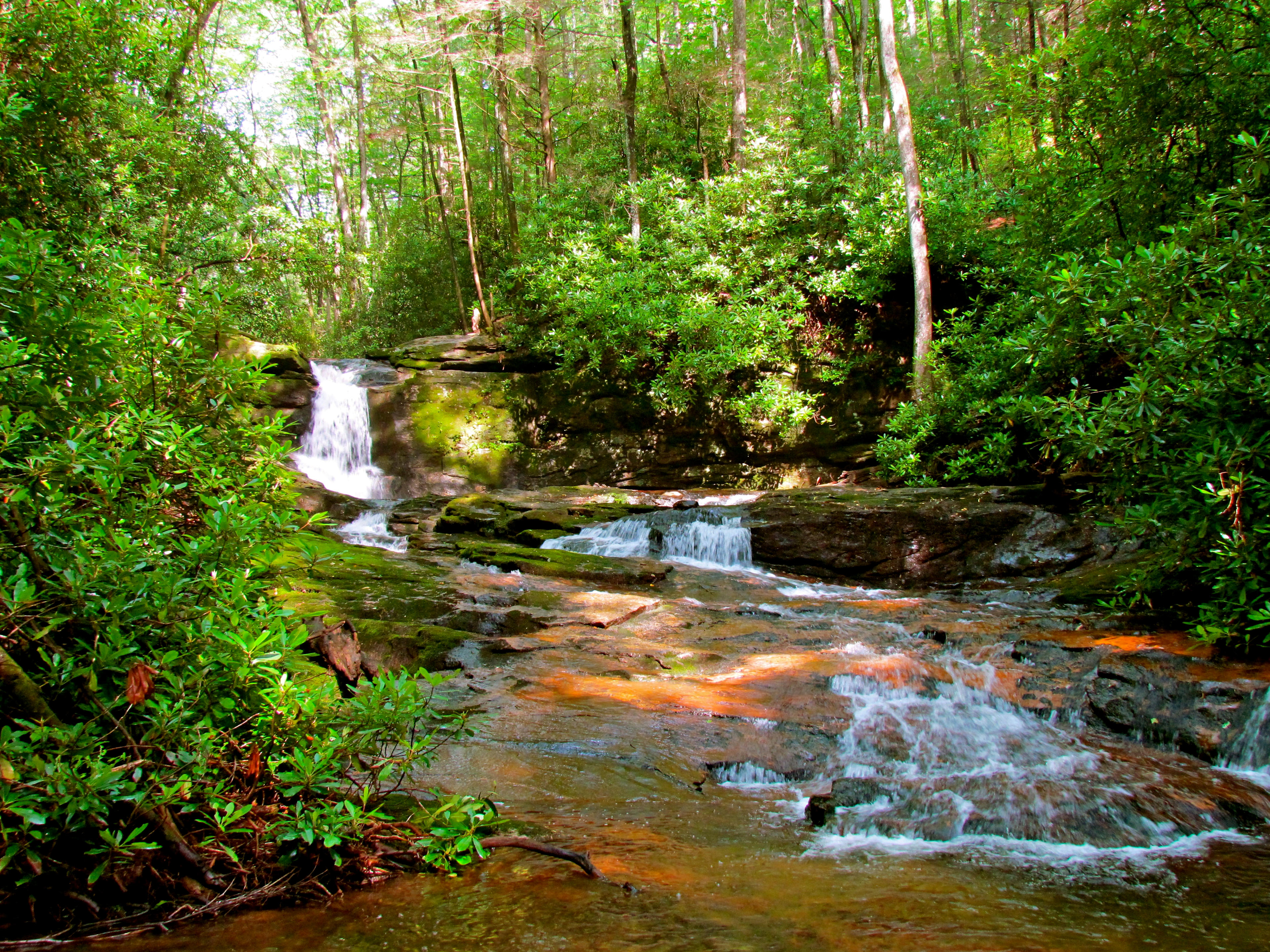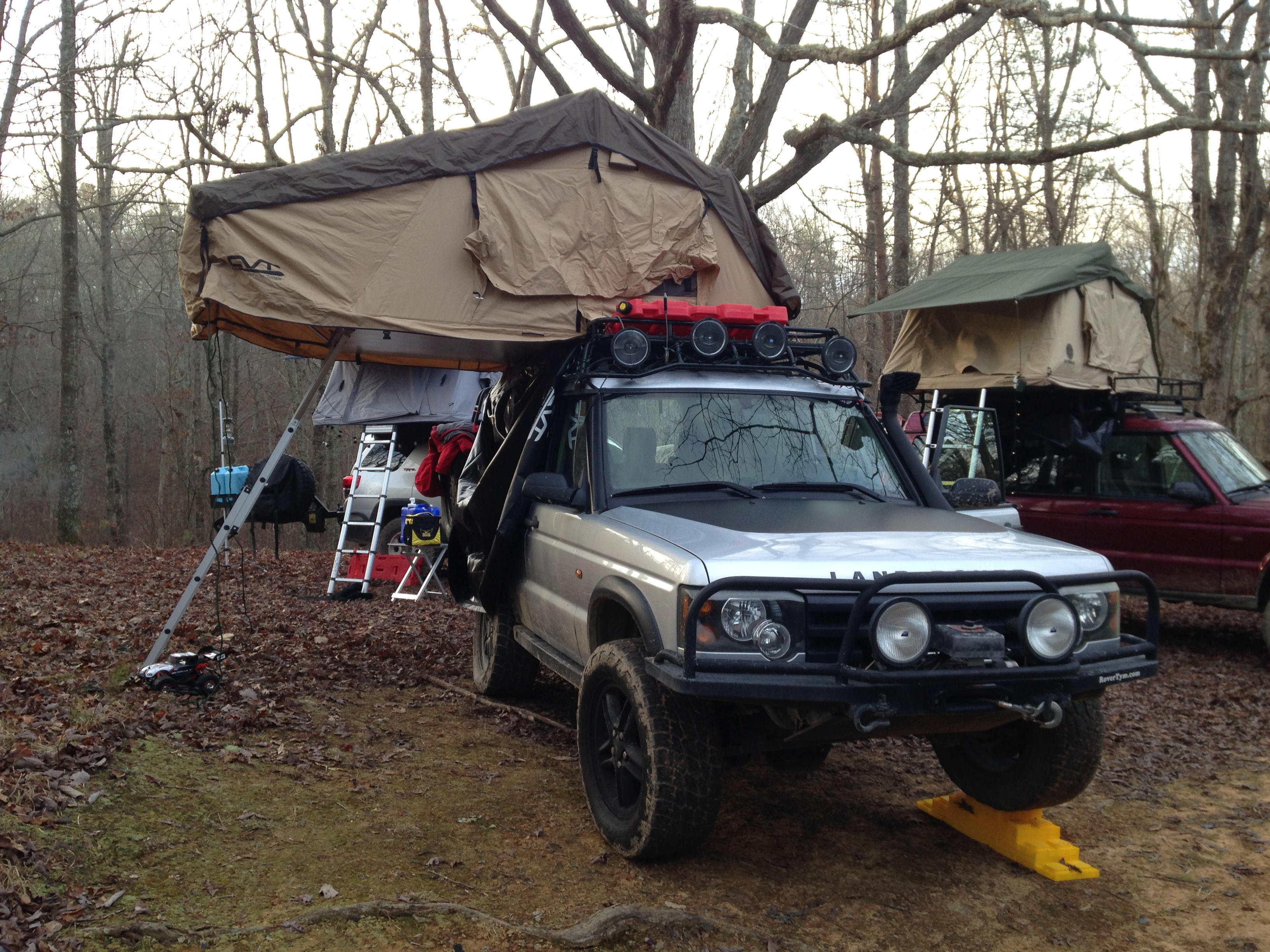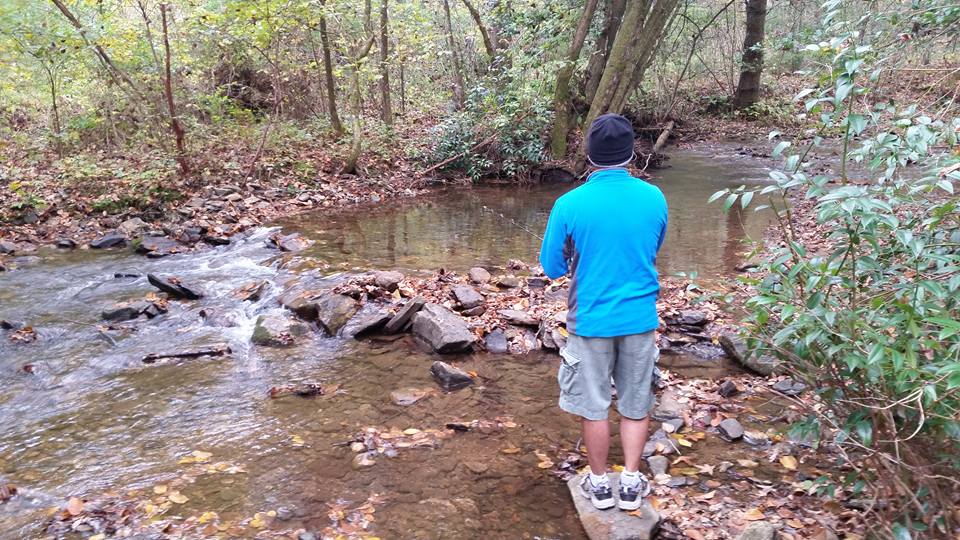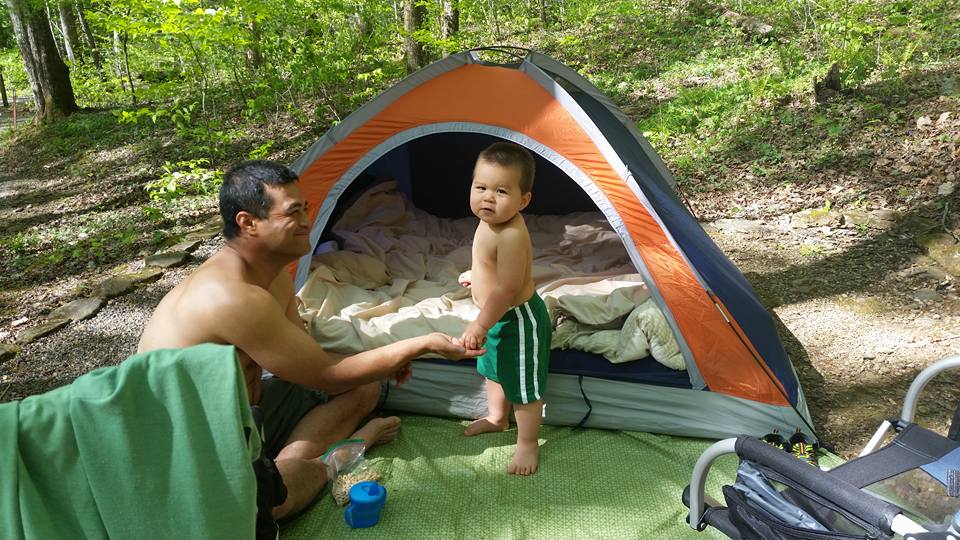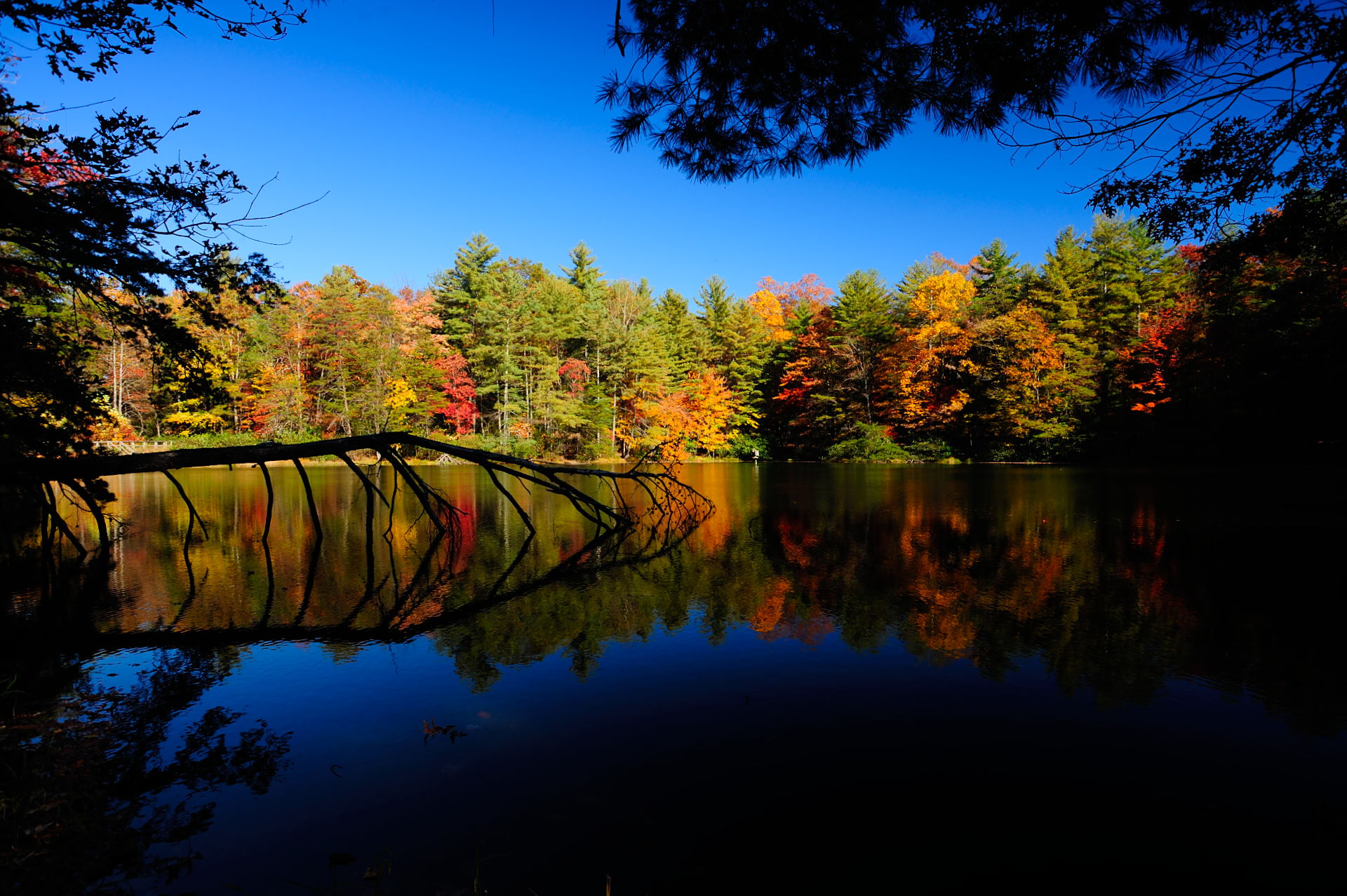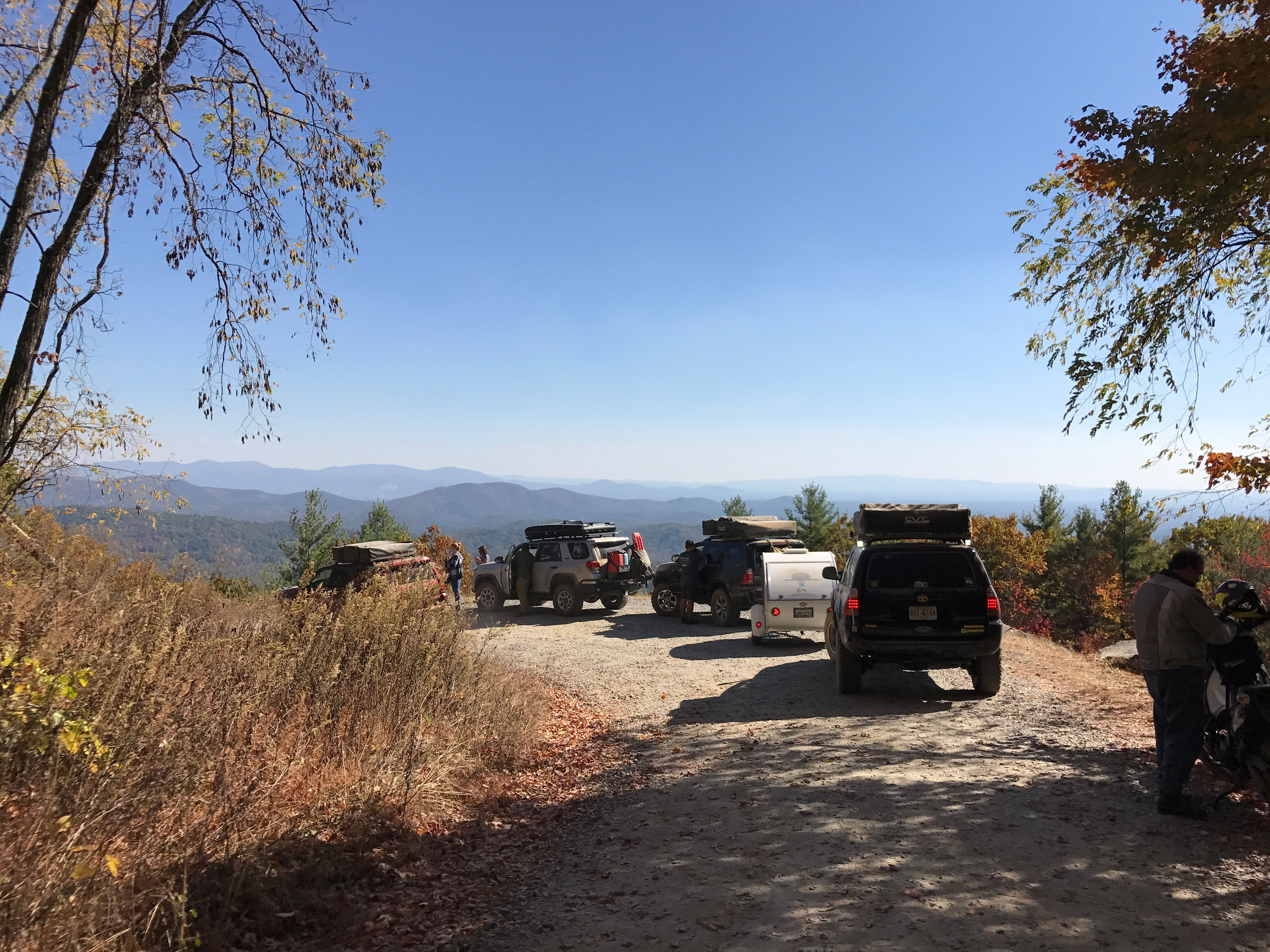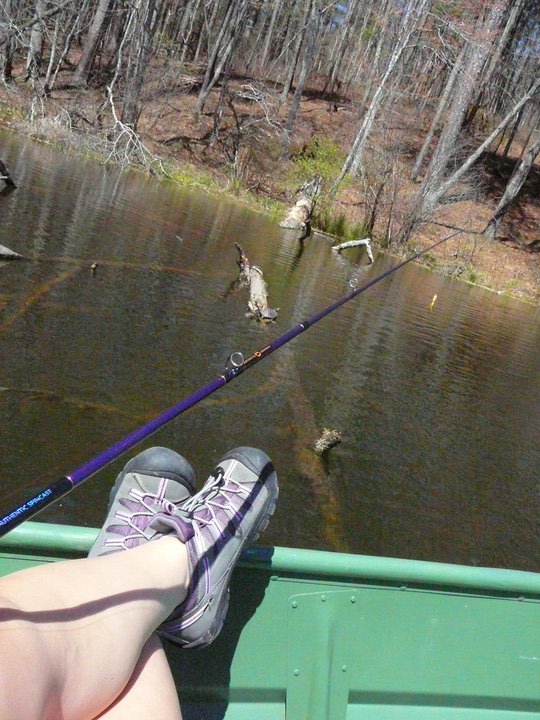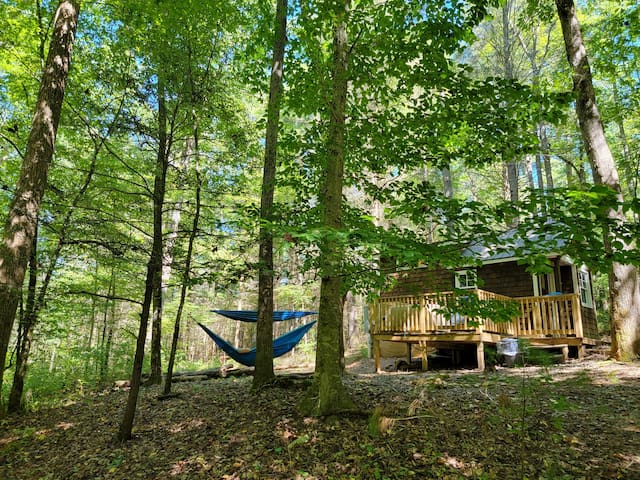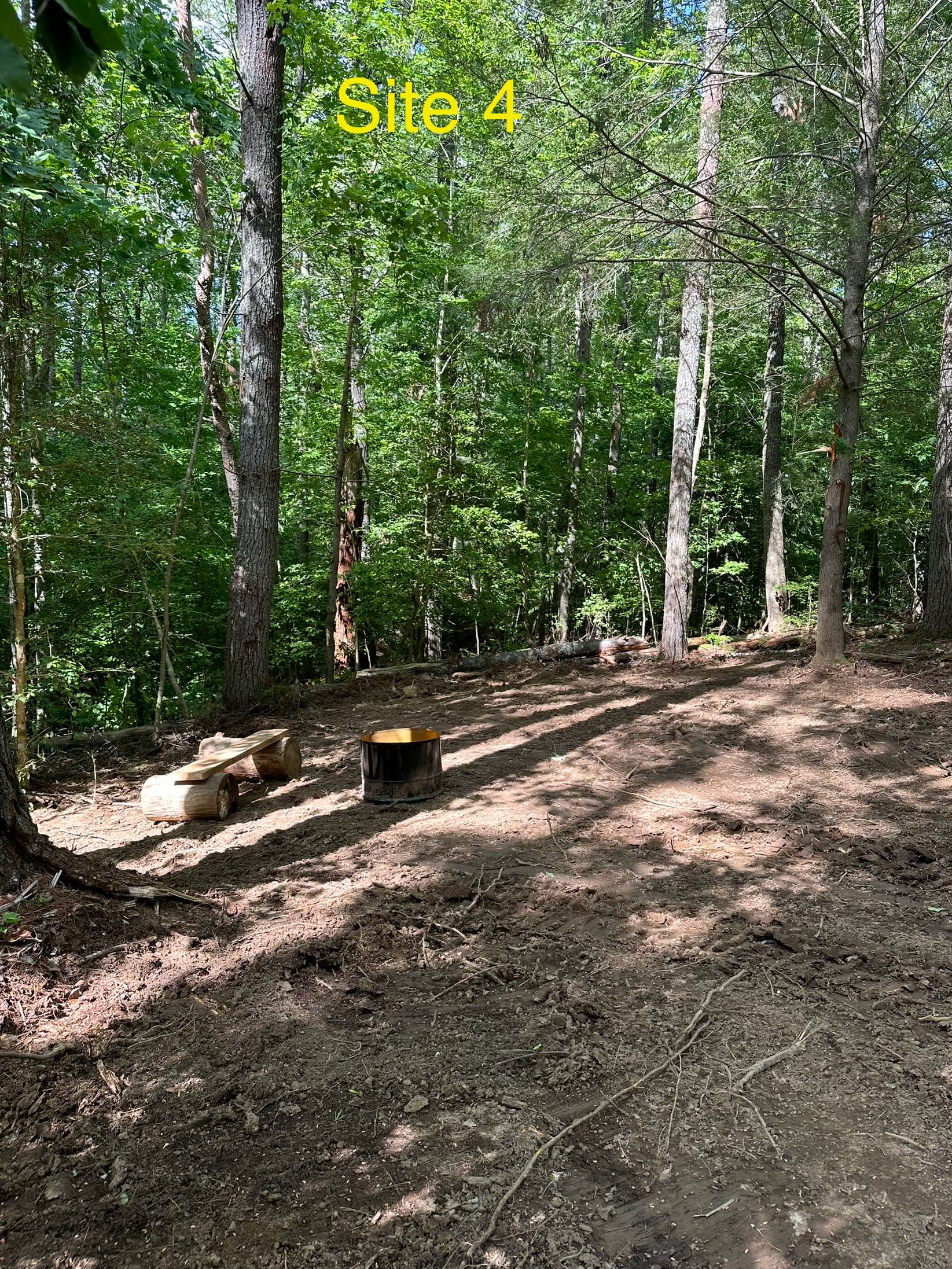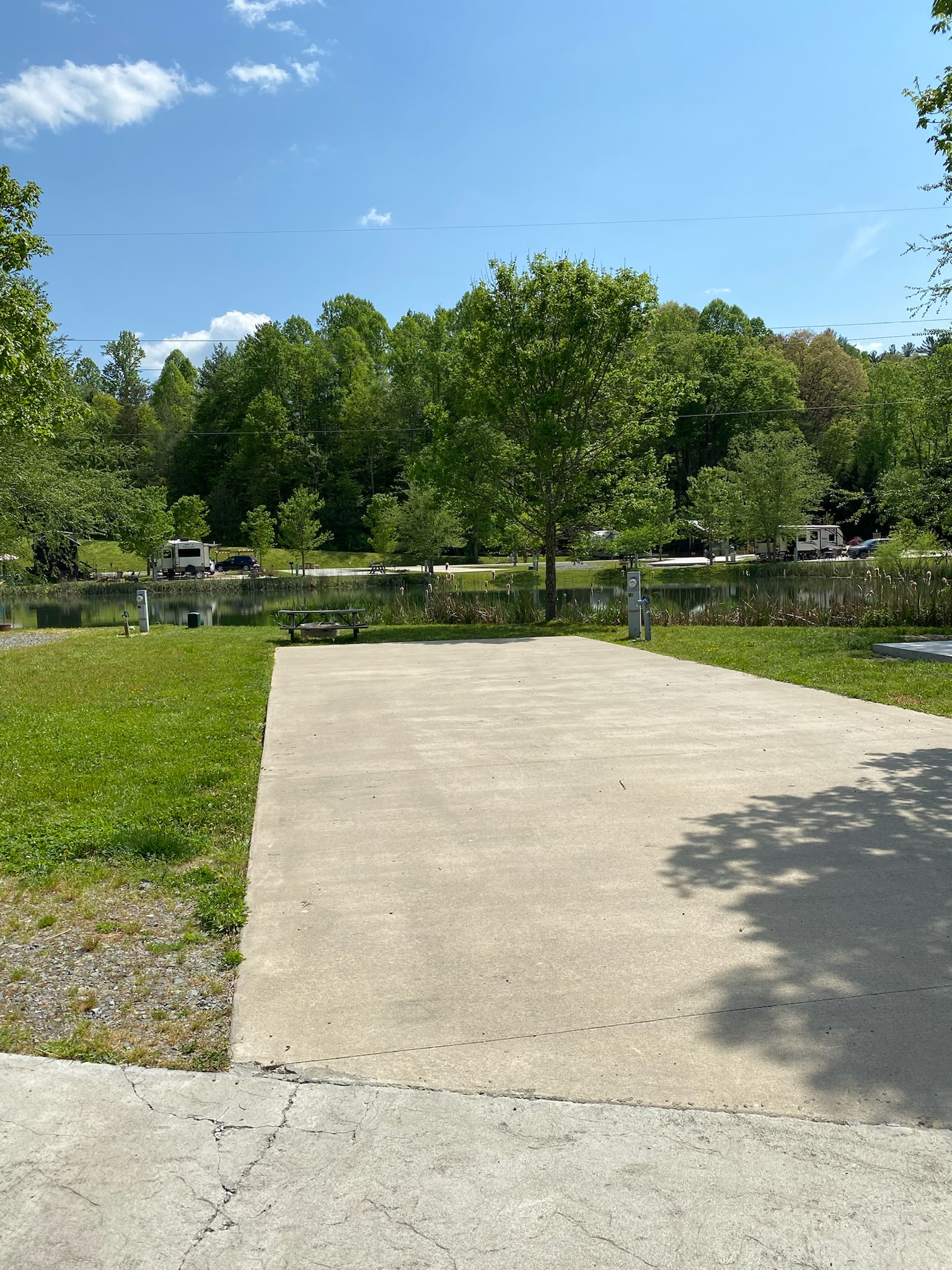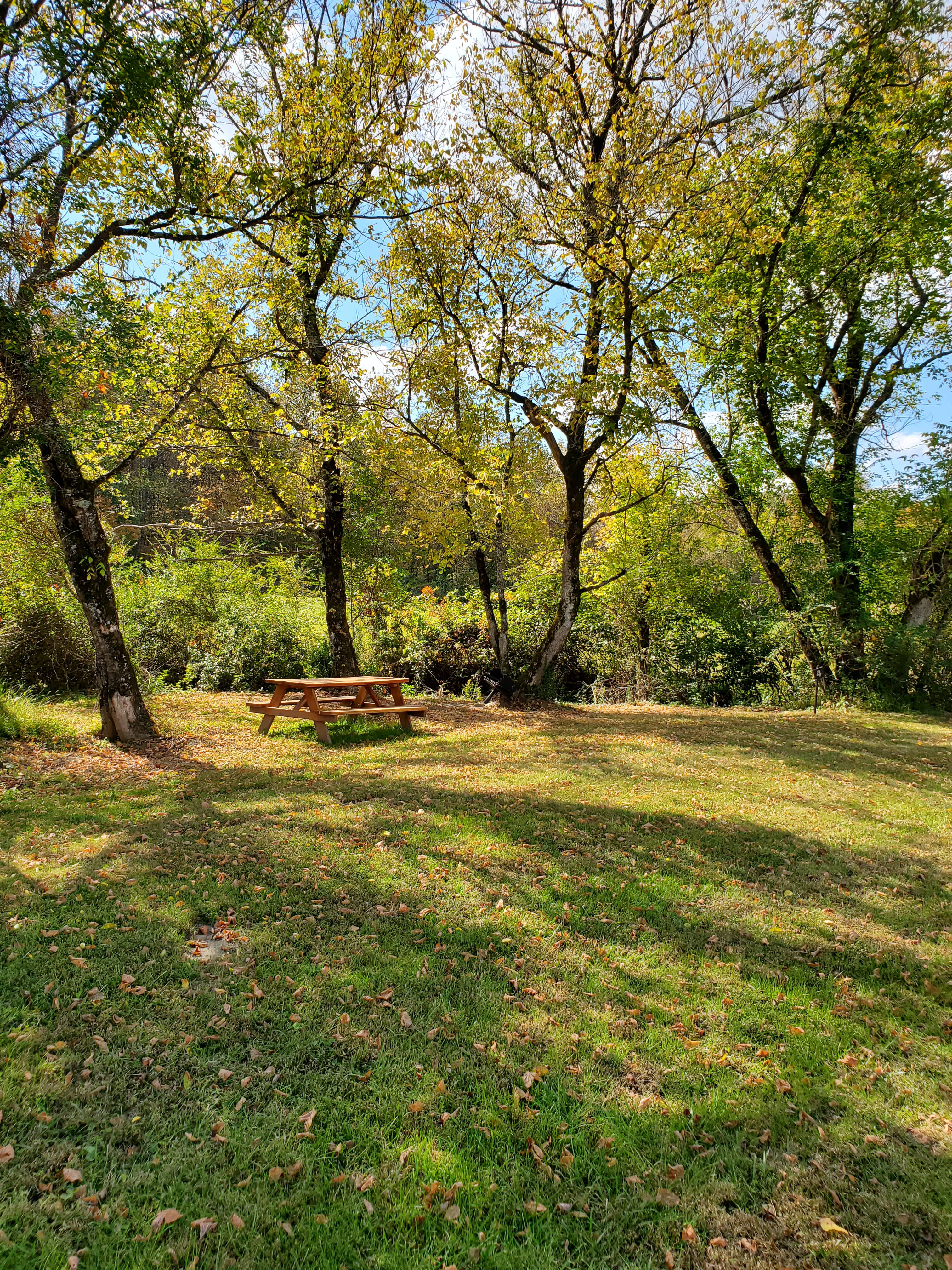- Chattahoochee-Oconee National Forest
The best camping in Chattahoochee-Oconee National Forest, GA
Camper favorites near Chattahoochee-Oconee National Forest
Top-rated campgrounds reviewed by the Hipcamp community.



Recent reviews from the Hipcamp community
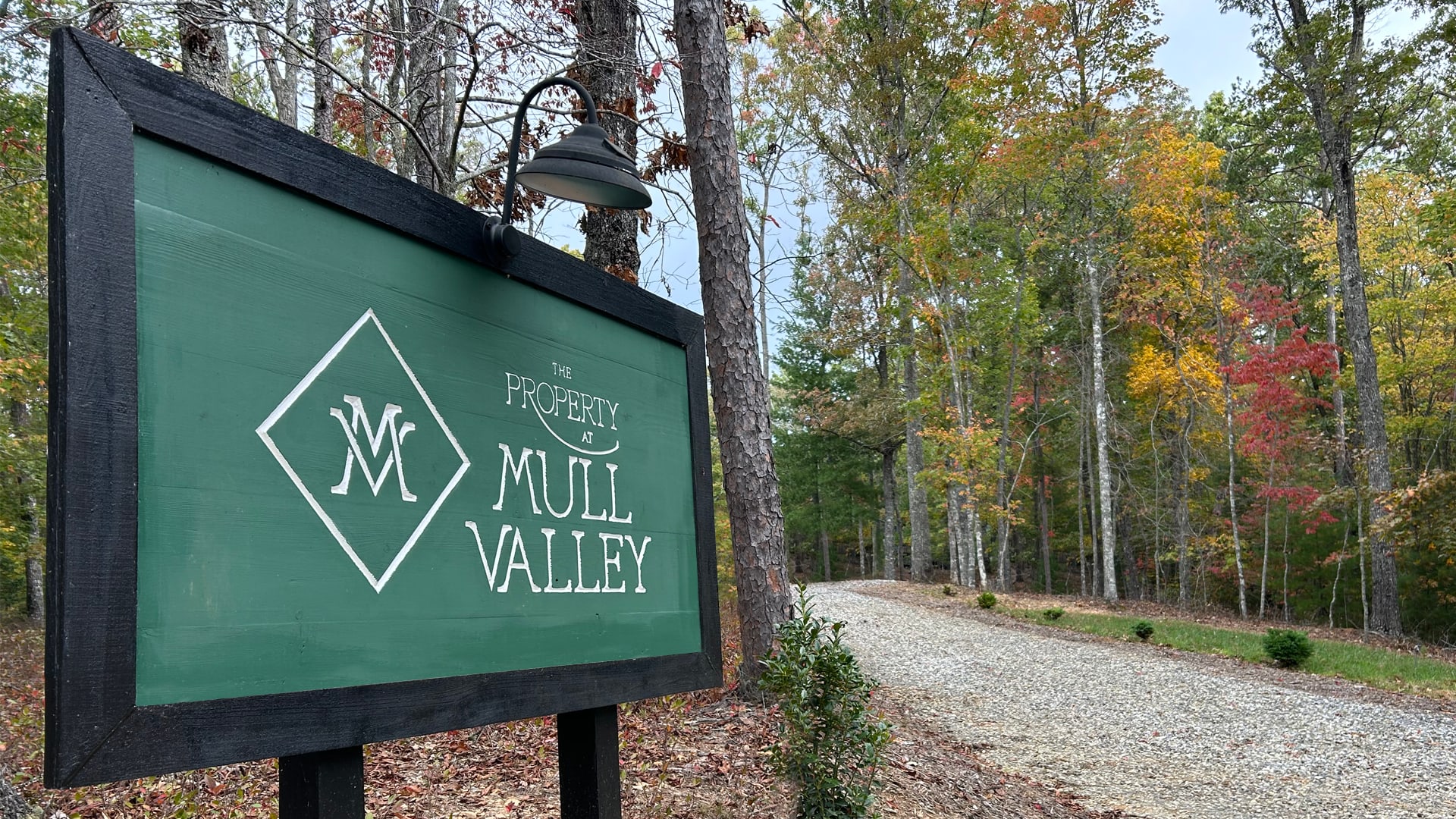
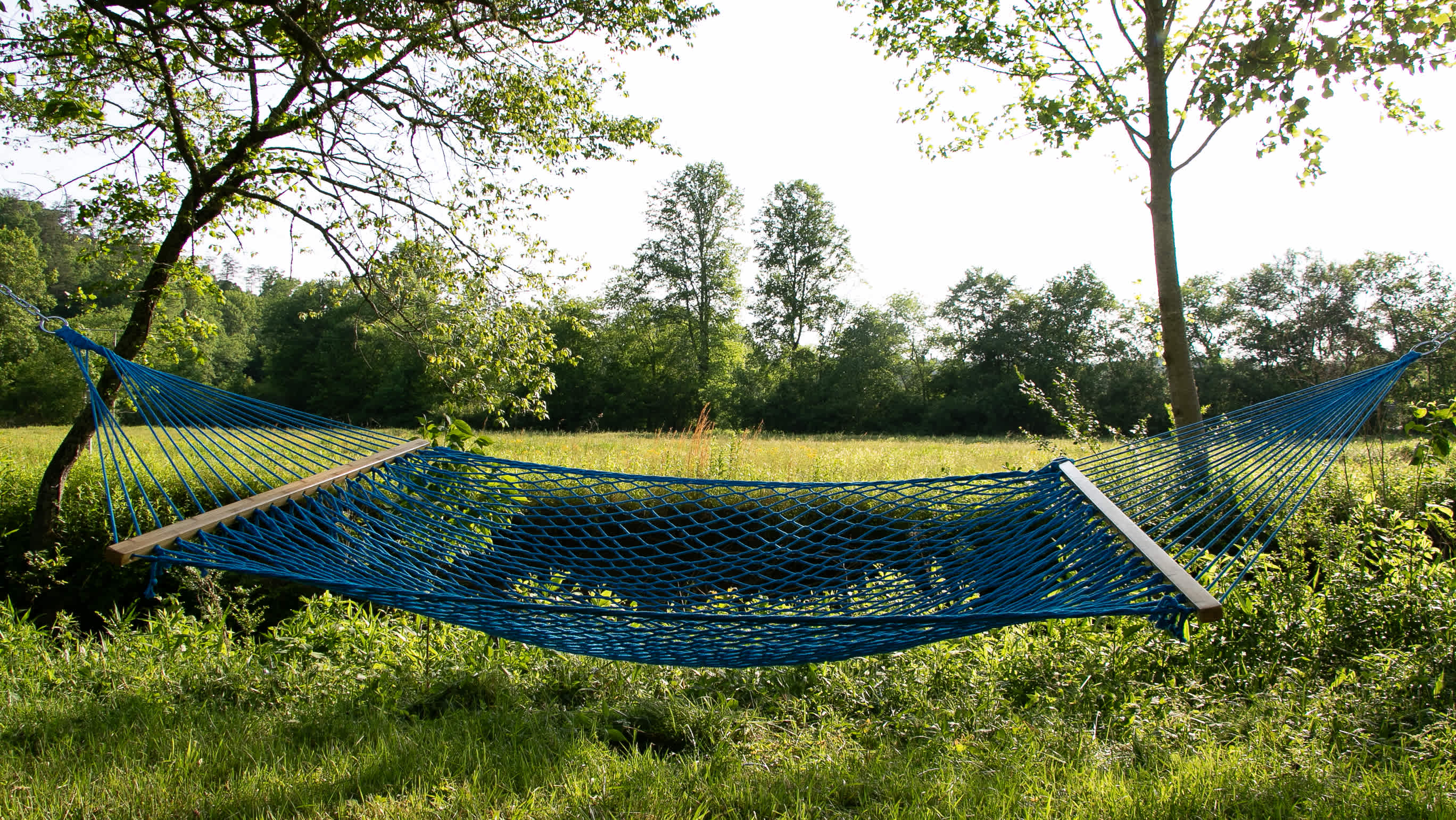
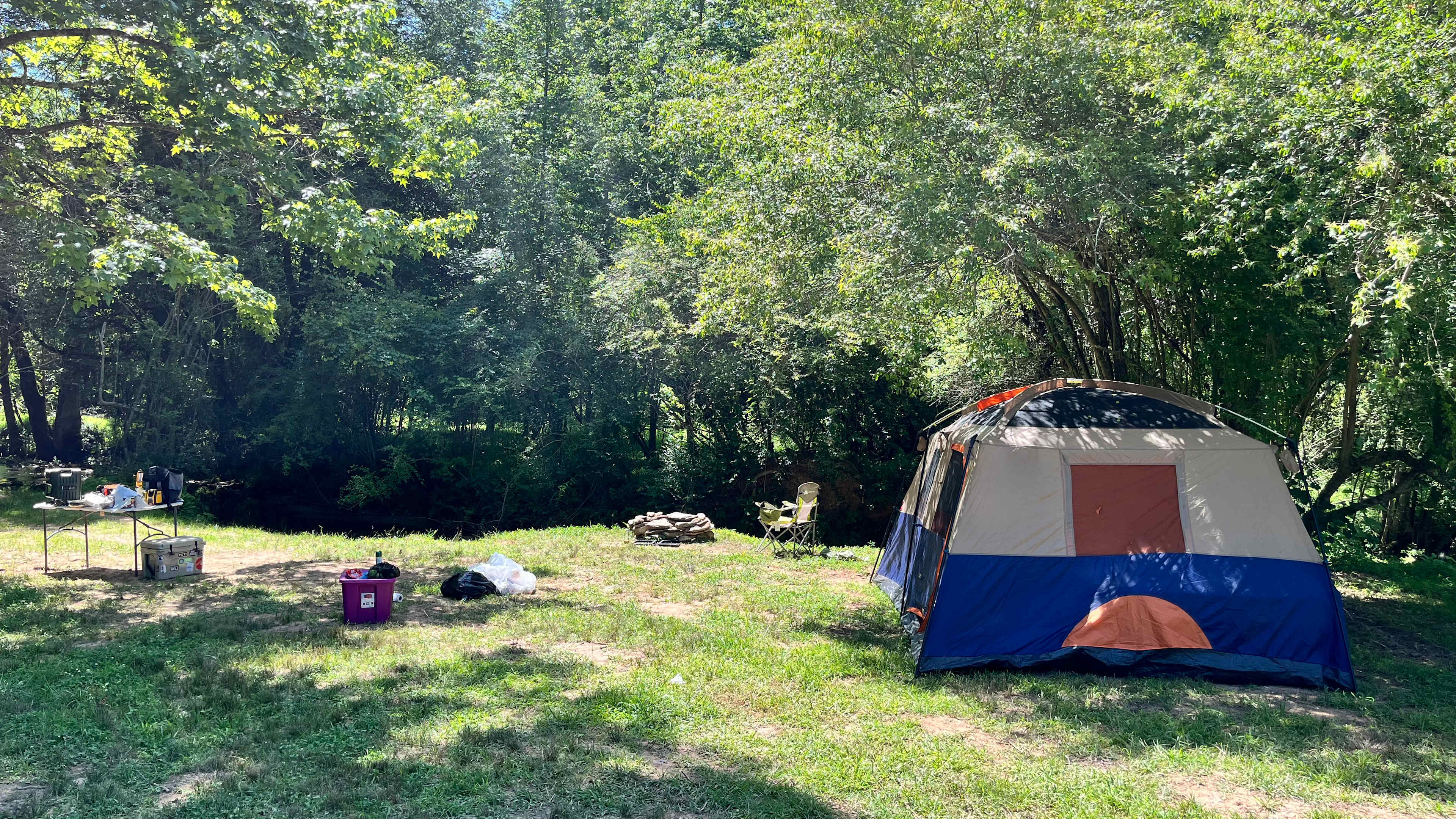

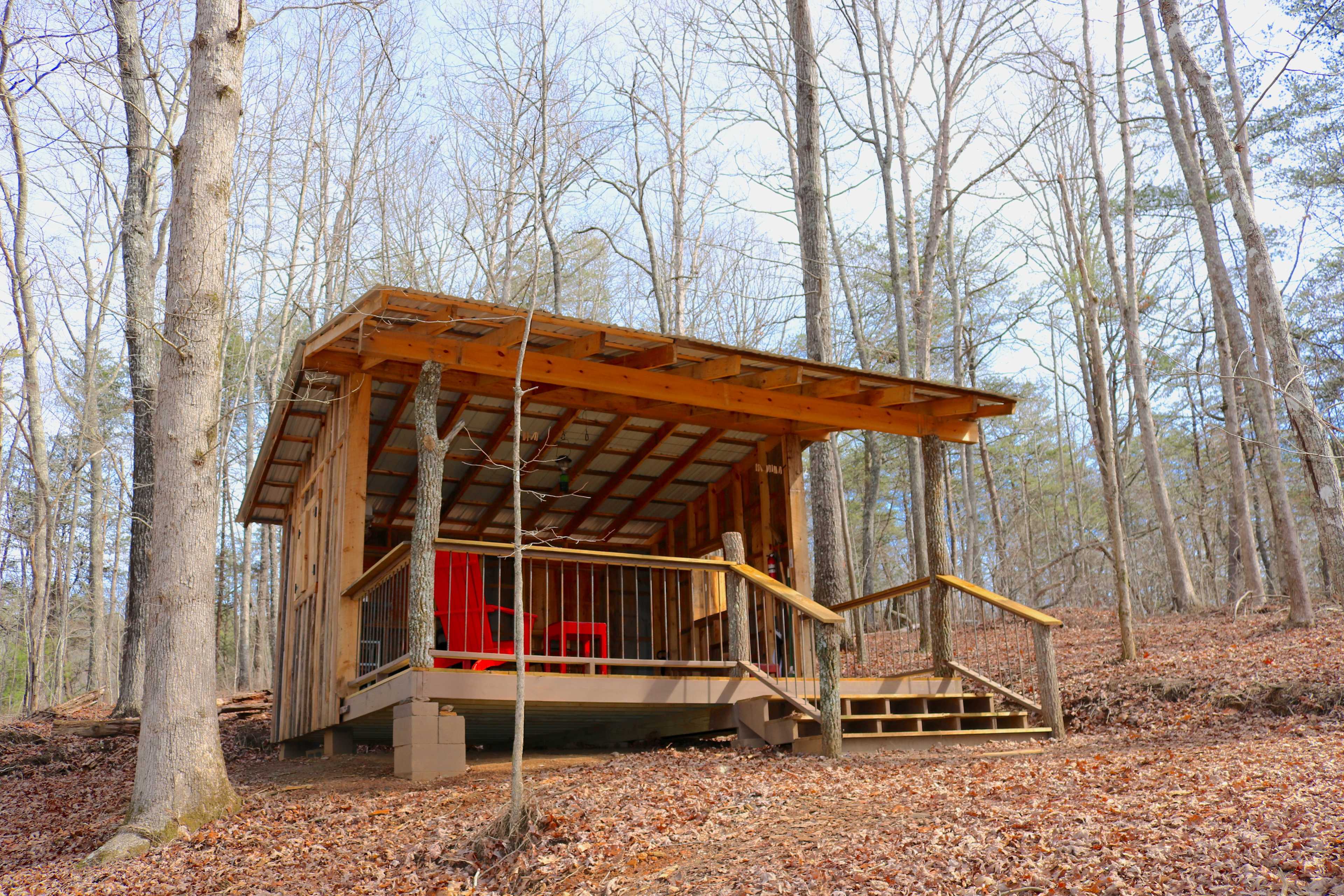


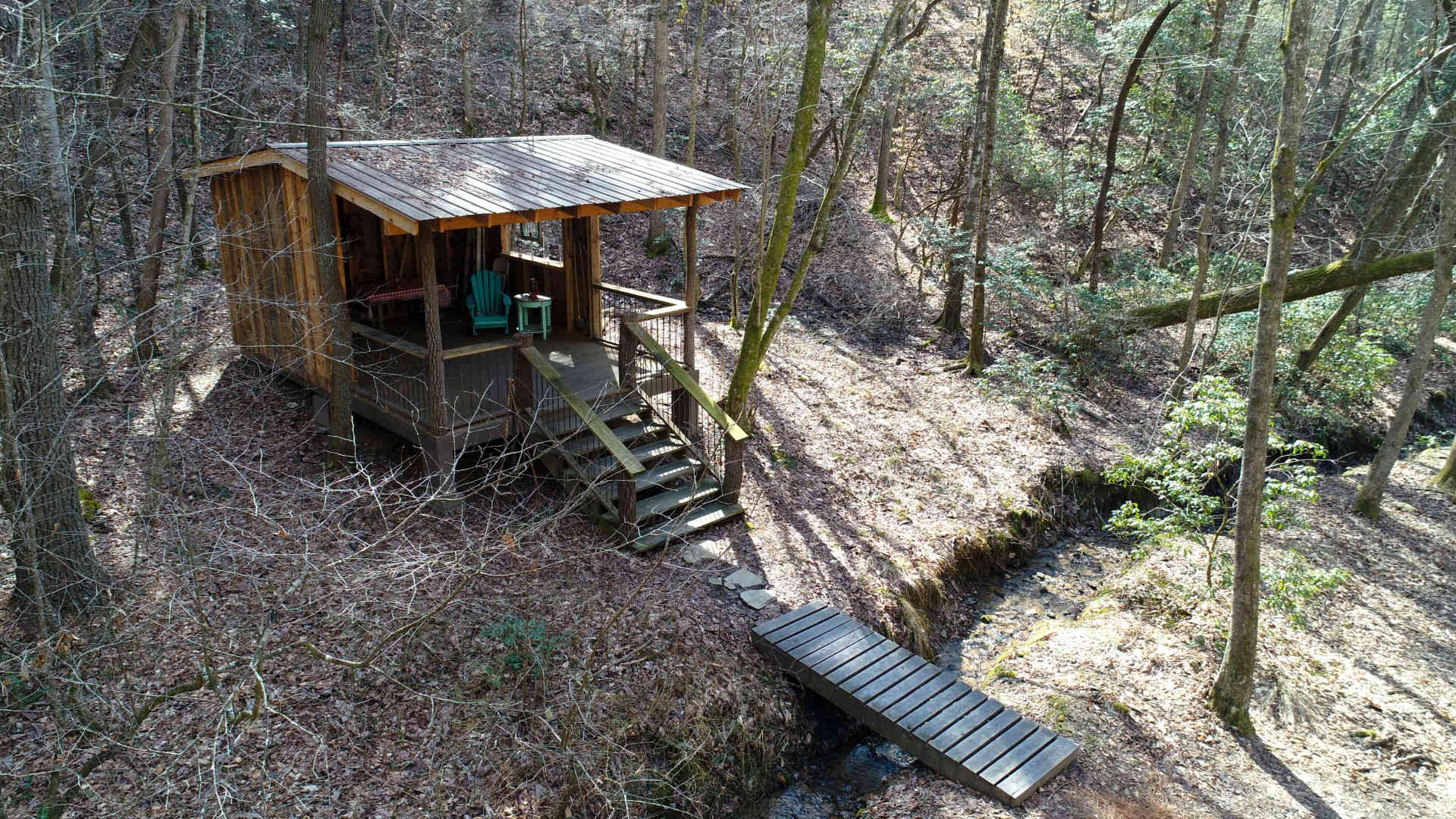
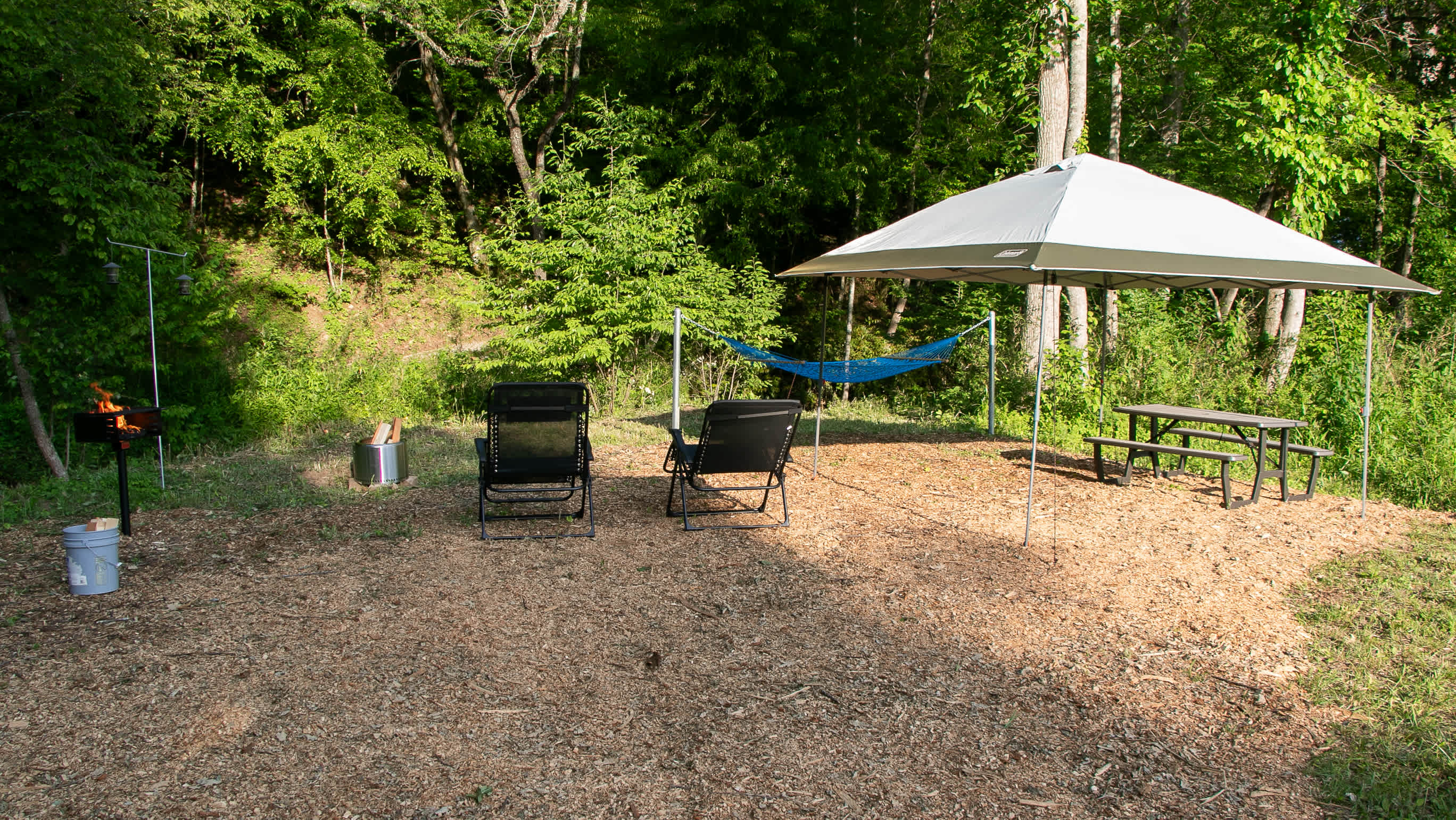





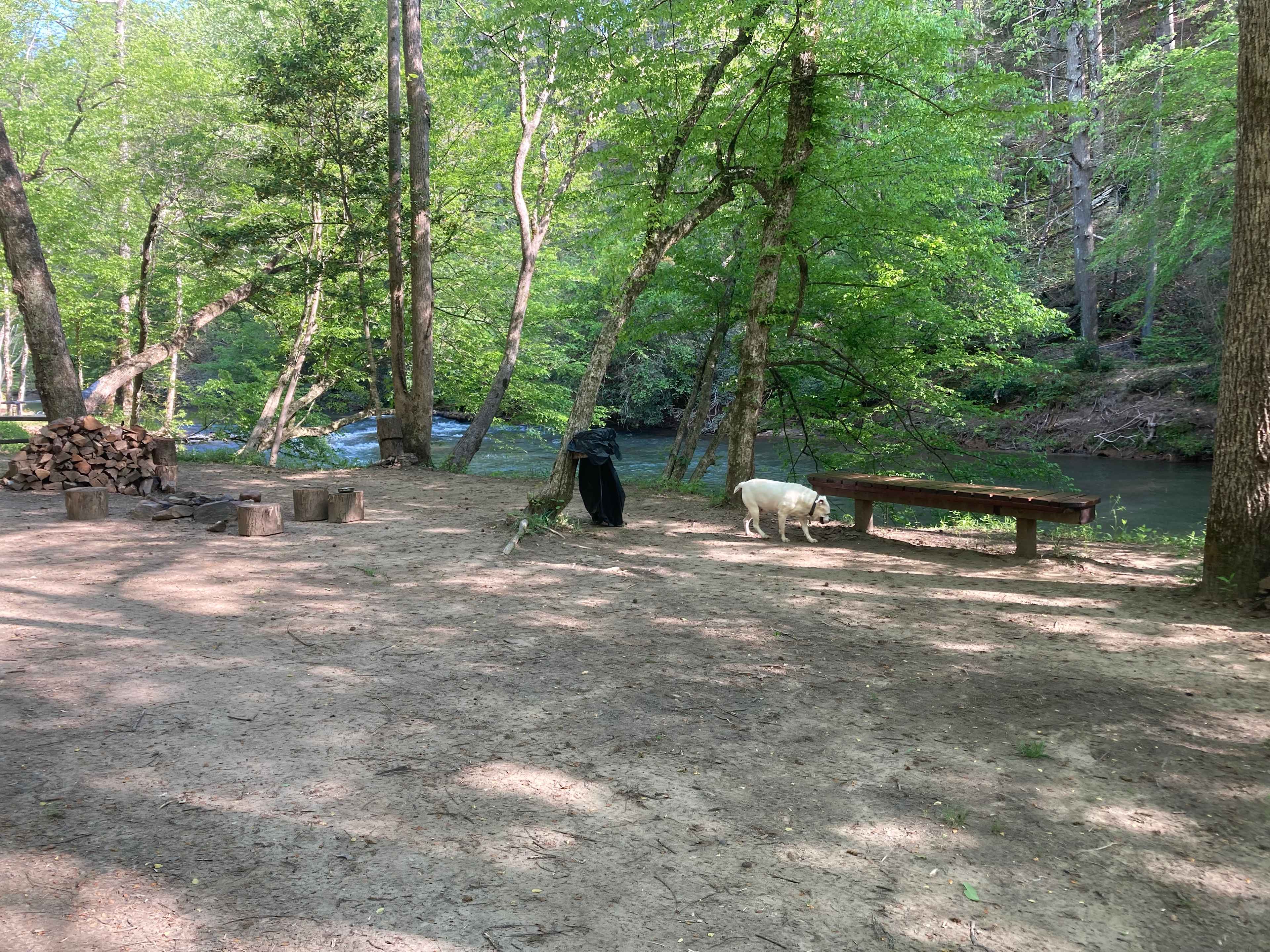
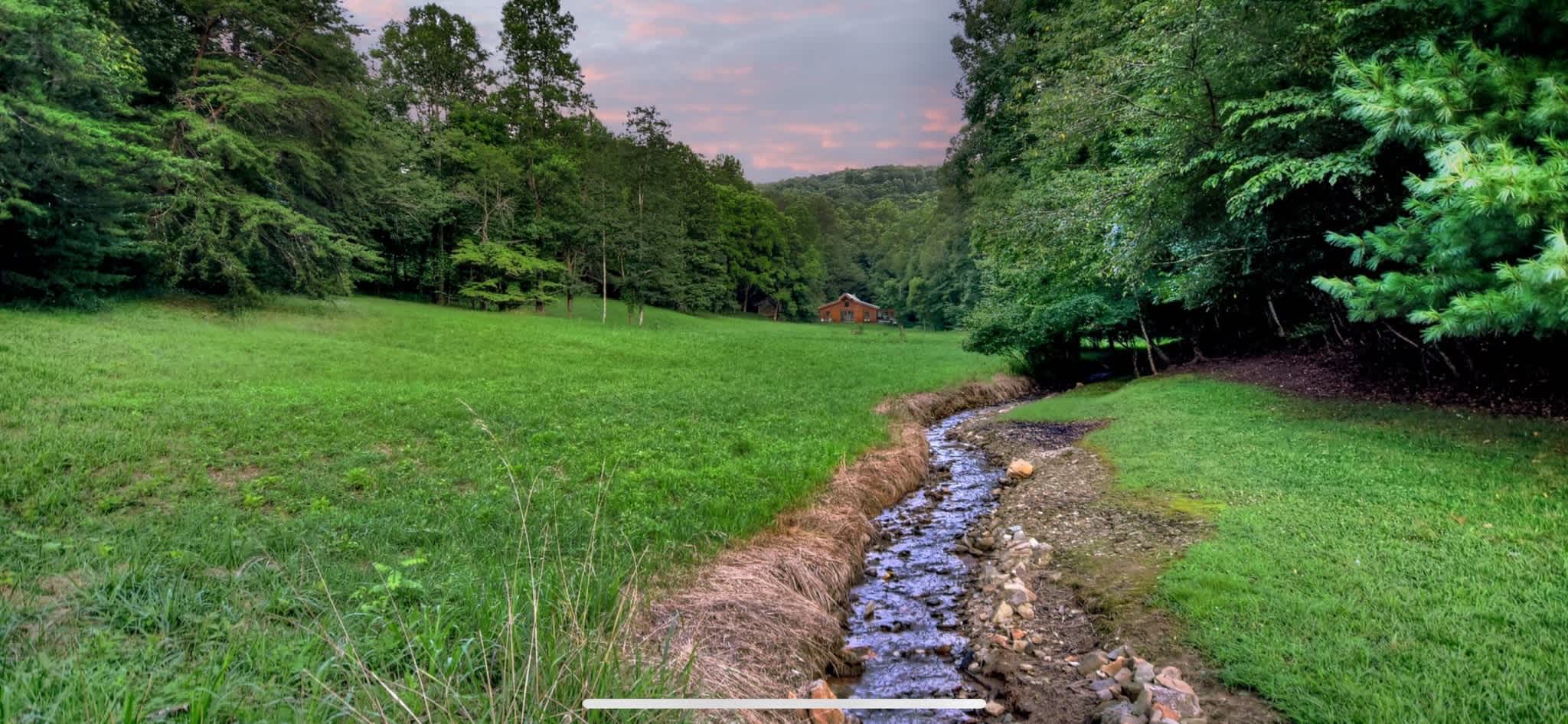

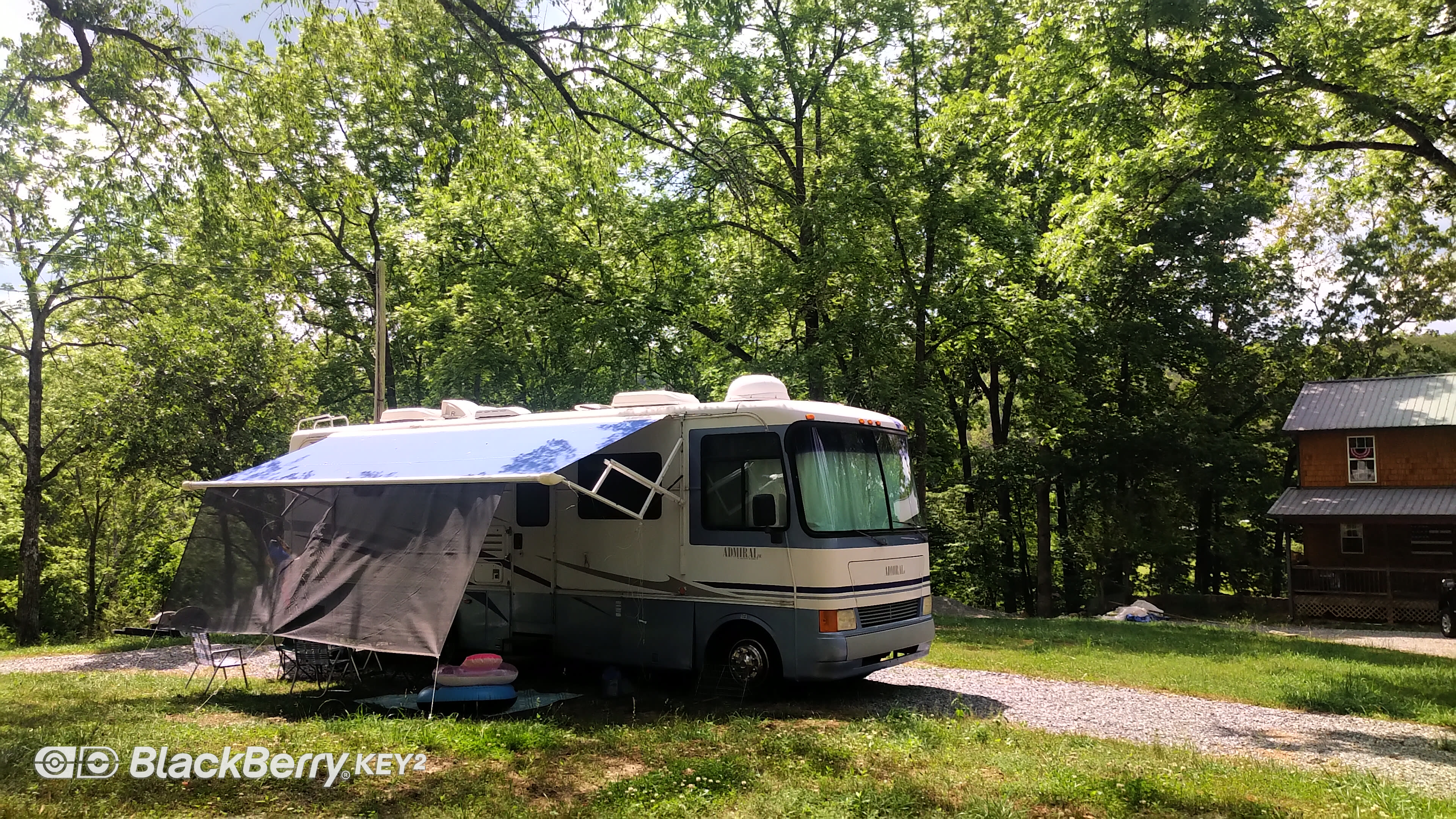


Top public campgrounds in the park
Stay at a public campground in Chattahoochee-Oconee National Forest
Top-rated campgrounds near Chattahoochee-Oconee National Forest
The best camping in Chattahoochee-Oconee National Forest, GA guide
Overview
About
With more than 800,000 acres of rambling woodlands, rivers, and streams, dotted with mountains, waterfalls, and wilderness areas, Georgia’s only national forest packs a punch. Some 850 miles of trails provide endless opportunities for hiking, mountain biking, horseback riding, and OHV driving, including a 76-mile section of the Appalachian Trail. Hike the highest point at Brasstown Bald, admire the views at Amicalola Falls, and marvel at the ancient petroglyphs of Track Rock Gap, then pitch your tent in the woods or check into one of the more than 30 campgrounds.
Notable campgrounds
- Best for group camping: Lake Winfield Scott Campground has 31 non-electric sites, one with an electric hook-up, plus a rustic cabin.
- Best for lakeside views: Dockery Lake Recreation Area has 10 non-electric tent/RV sites in a stunning waterfront location.
- Best for family campers: Lake Russell Recreation Area offers 42 non-electric sites, plus picnic areas with grills, hot showers, and a swimming beach nearby.
Tips for snagging a campsite
- Booking policies vary between campgrounds, so it’s essential to check ahead. Some sites can be booked in advance, while many are first-come, first-served.
- Reservable campsites can be booked via the Recreation.gov website.
- Campsite reservations open six months in advance.
When to go
The most popular times for hiking and outdoor activities in Chattahoochee-Oconee National Forest are in spring and fall, when temperatures are milder and the forest is at its most colorful. Leaf-peepers take note: Fall foliage peaks from late September through early October. Summer temperatures hover around the mid-80s, so plan a trip to the lakes to cool off. Camping is possible year-round, but many campgrounds close for winter.
Know before you go
- Chattahoochee-Oconee National Forest stretches over 18 counties in north Georgia, starting 70 miles north of Atlanta.
- No admission fees apply to visit the forest, but day passes are required for many of the recreational areas. Camping reservation fees also apply.
- Dispersed camping is permitted in many areas of the forest, providing you follow Leave No Trace principles.
- Park facilities include picnic areas and restrooms at day-use and camping areas, but it’s advisable to bring everything you need with you. Cell phone and GPS service can be patchy.
- Accessible campgrounds and day-use areas are available.










